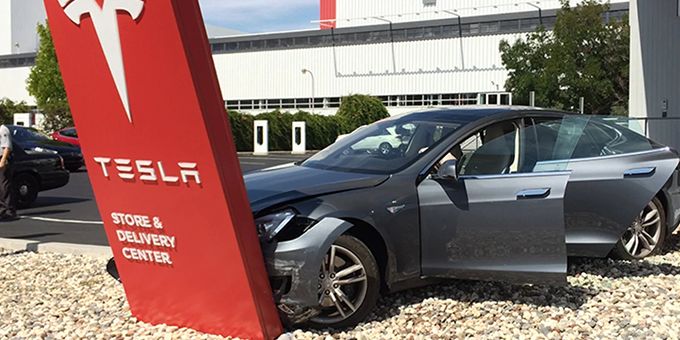Electric car insurance has also come down in cost because of a spurt in speciality mechanics to fix these cars and fewer complex moving parts that can be damaged compared with an engine. EVs are typically less likely to be stolen and more likely to be recovered in comparison
 Car Insurance and Its Impact on Adoption of Electric Cars
Car Insurance and Its Impact on Adoption of Electric Cars

Contributed by | Zimlon
Analysts at Merrill Lynch expect Electric Vehicles (EVs) in the United States to be cheaper than their gas counterparts by 2024. Zimlon has been following the growth of electric vehicles for several years, and one thing is clear- a combination of policies, charging infrastructure, favourable electric utility policies, reasonable insurance premiums and greater model availability are vital for higher adoption rates of EVs.
However, electric vehicles face two major obstacles- limited battery range, and they are too expensive to own. The first concern is easing as batteries gain capacity and efficiency. According to Morgan Stanley, Lithium prices are expected to fall 45% by 2021. Moreover, since batteries make up nearly half the price of an EV, as battery prices drop, it will also lead to lower vehicle prices. There is another challenging issue at the heart of the adoption of electric cars, and that is higher insurance premiums. Auto insurance quotes for electric vehicles were found to be 21 percent higher, on average, than comparable gas-powered models. So, if your premium with a gas car costs $1,000 a year, you would instead be paying around $1,180 to $1,320 a year for the electric version. This is primarily due to EVs being costlier than their gas counterparts, and a lack of historical data to work on regarding the cost of repairs.
The price also fluctuates from one state to another based on regulations and court decisions governing insurance companies. For example, a BMW i3 will cost an average $3,235 to insure if you live in Michigan, but only $1,252 a year if you reside in Maine. It also comes as no surprise that the most expensive electric vehicles are also the priciest to cover. The Tesla Model S has the highest national average insurance rate at an annual $3,300, making it one of the costliest-to-cover vehicles in the industry.
However, this situation is changing with technological advances and shifting consumer mindsets. Many states have recognized their environmental responsibility and taken action to encourage the use of electric vehicles. California is leading the charge for being the state with the best eco-impact in the US. They recently approved a budget of $768 million on EV-charging infrastructure. 2019 will also be the first year the average range of battery range for all models will be greater than 200 miles.
Along with that, electric car insurance has also come down in cost because of a spurt in speciality mechanics to fix these cars and fewer complex moving parts that can be damaged compared with an engine. EVs are typically less likely to be stolen and more likely to be recovered in comparison with gas powered vehicles. Their batteries are reasonably well protected in the event of an accident, reducing the risk of costly replacement. Also, as the number of insurers goes up, the cost is likely to fall. With electric car insurance, it's more important than ever that you don't merely auto-renew at the end of a year but scout around for the best available price based on your requirement.
The content & opinions in this article are the author’s and do not necessarily represent the views of AltEnergyMag
Comments (0)
This post does not have any comments. Be the first to leave a comment below.
Featured Product

